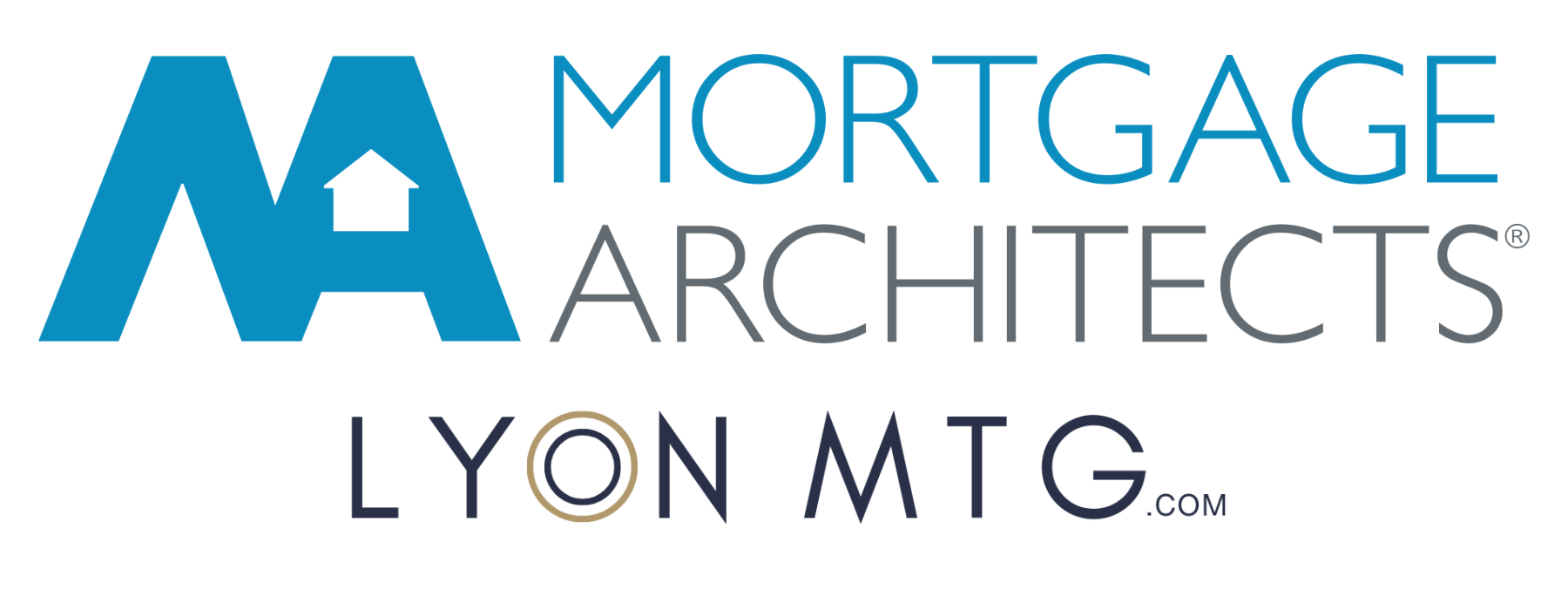Mortgage Renewal vs. Refinance: Understanding the Key Differences
If you own a property with a mortgage, you've probably heard the terms "renewal" and "refinance" thrown around. While both involve obtaining a new term for your mortgage, there are some important differences to understand. Let's break down what each one means and when you might use them.
Understanding Mortgage Basics
In Canada, when you take out a mortgage, the payments are typically spread over 25 to 30 years. This period is known as the amortization. However, unlike in the U.S., Canadians do not keep the same interest rate and payment terms for the entire amortization period. Instead, you have an initial term, usually 3 to 5 years, after which you need to renew into a new term.
For example, if you have a 25-year mortgage with 5-year terms, you will need to renew your mortgage four times throughout its lifespan. It's also common to have a mix of different term lengths over the course of your mortgage.
What is a Mortgage Renewal?
A mortgage renewal occurs at the end of your mortgage term. When you renew, you start a new term with a new interest rate while keeping the remaining details of your mortgage the same. The key element here is that the mortgage charge registered on your property's title remains unchanged.
A renewal is straightforward and typically does not involve any significant changes to your mortgage agreement other than a new interest rate. Think of it as hitting the "continue" button on your mortgage, but at new rates.
What is a Mortgage Refinance?
A mortgage refinance is different. When you refinance, you are making changes to your original mortgage agreement. This means paying off your existing mortgage and registering a new one on your property's title. Essentially, you are taking out a completely new mortgage for the same property.
People commonly refinance to:
- Access the equity in their home for investments or major purchases
- Consolidate high-interest debt into their lower-rate mortgage
- Extend the amortization period to reduce monthly payments and improve cash flow
- Make significant changes to their mortgage structure
It's important to note that refinancing is not allowed for insured properties (those with less than a 20% down payment at purchase). This means the maximum loan amount in a refinance is 80% of your property value.
What About Switching Lenders?
If you want to keep everything the same but switch lenders for a better rate, this is known as a transfer. A transfer is a type of renewal where the original mortgage charge is transferred from one lender to another.
Depending on the lenders involved, you might be able to make minor changes (like extending the amortization or changing borrowers) without needing a full refinance.
Why Timing Matters
Your mortgage maturity date is when your current term ends. This is the ideal time to either renew or refinance. If you refinance or switch lenders before the maturity date, you will face a prepayment penalty. If you refinance, renew or transfer at maturity, there is no penalty.
Real-World Example
A homeowner with a $450,000 mortgage is reaching the end of their 5-year term. Their lender offers a renewal rate, but they also have $40,000 in high-interest credit card debt.
Option 1: Renewal
They accept the new term. Their mortgage stays the same. Their debt remains separate at high interest rates.
Option 2: Refinance at Maturity
They consolidate the credit card debt into the new mortgage. Their total monthly payments drop significantly, even after accounting for the new mortgage balance.
In this situation, refinancing provides better cash flow and a simpler payment structure.
Quick Summary
Mortgage Renewal:
- Starts a new term for your existing mortgage
- Mortgage charge on your title stays the same
- Keeps all other terms the same aside from interest rate
- Can switch lenders at renewal through a transfer
- No penalty when done at maturity
Mortgage Refinance:
- Pays off current mortgage and creates a new one
- New mortgage charge registered on your title
- Often resets the amortization period
- Can access equity or make structural changes
- Maximum 80% of property value for uninsured mortgages
- Incurs penalty if done before maturity
Next Steps
Understanding the difference between renewal and refinance helps you make informed decisions about managing your mortgage. If you have a renewal coming up or are considering accessing your home equity, now is a good time to explore your options.
Whether you're looking to renew, refinance, or switch lenders, I'm here to help you navigate the process and find the best solution for your situation.
Need help with your mortgage? Book a consultation or call 778-988-8409.
Glossary
Amortization: The total time period over which you'll pay off your mortgage, typically 25-30 years in Canada.
Insured Mortgage: A mortgage where the down payment was less than 20%, requiring mortgage default insurance to be added.
Maturity Date: The end date of your current mortgage term, when you need to renew or refinance.
Mortgage Charge: The legal registration of your mortgage on your property's title.
Pre-payment Penalty: A fee charged by your lender if you pay off your mortgage before the end of your term.
Refinance: Replacing your existing mortgage with a new mortgage, often with different terms or to access equity.
Renewal: Starting a new term for your existing mortgage, typically just updating the interest rate.
Term: The length of time your current mortgage contract is in effect, typically 3-5 years in Canada.
Transfer: Moving your mortgage from one lender to another at renewal without changing other terms.





